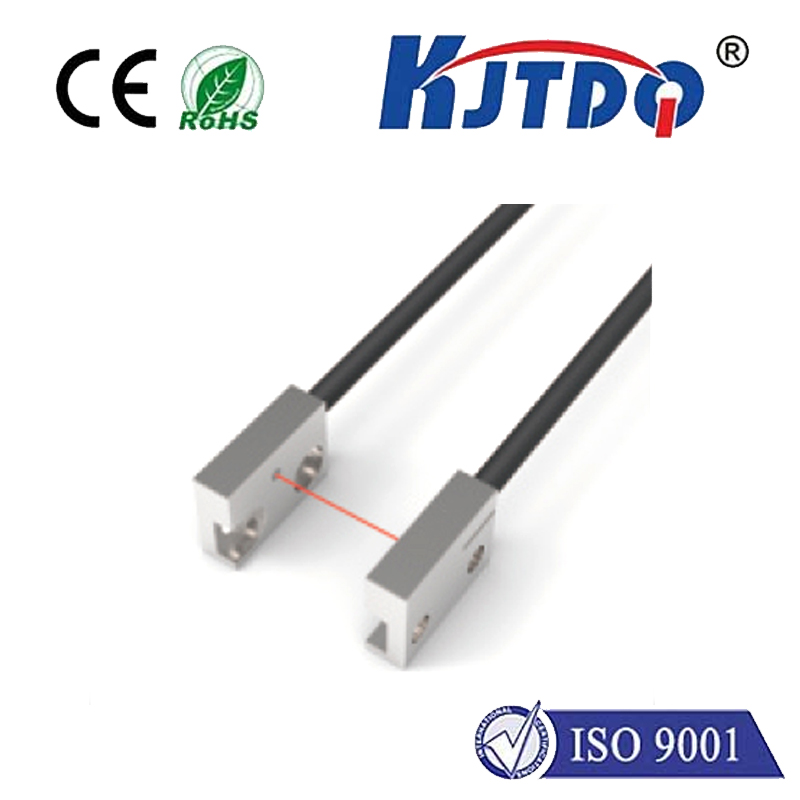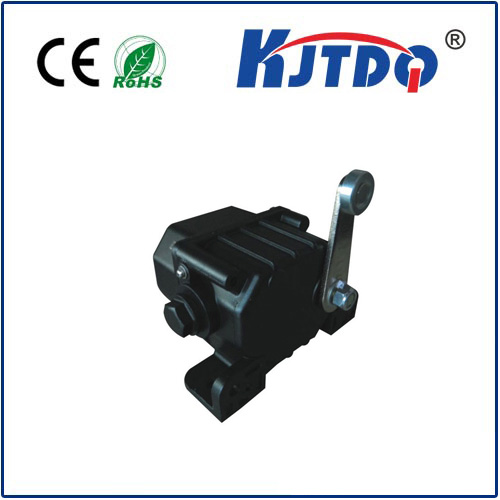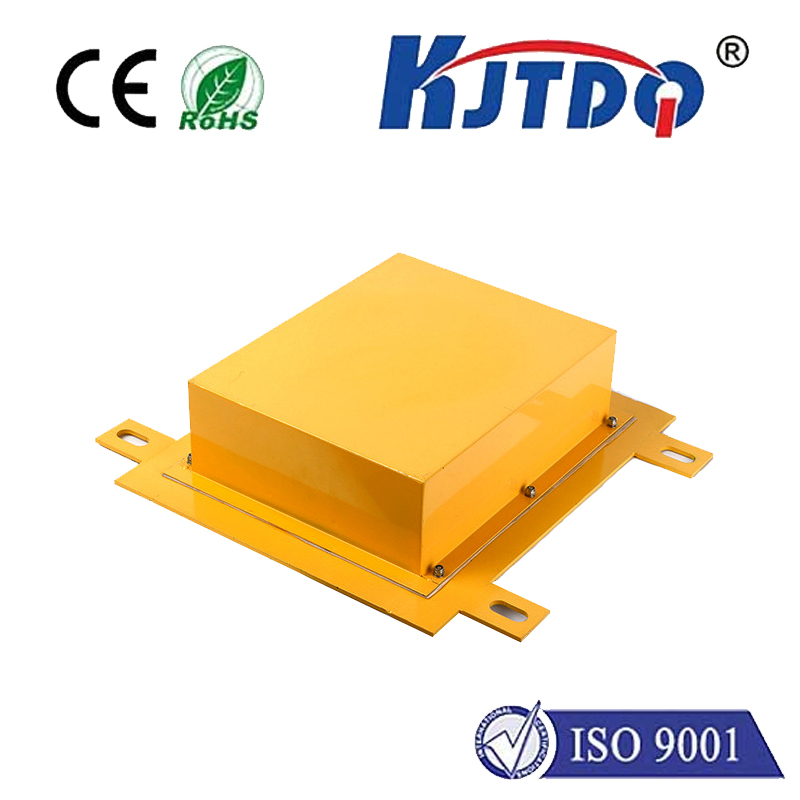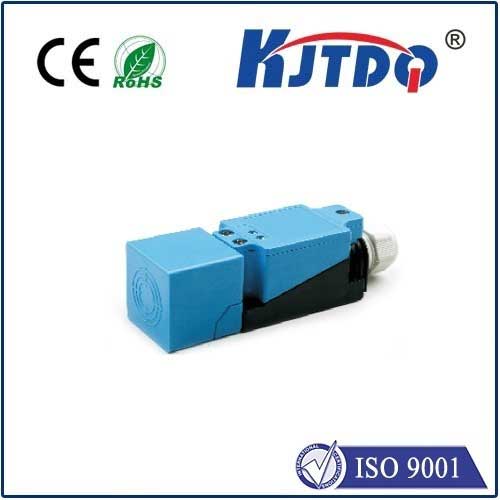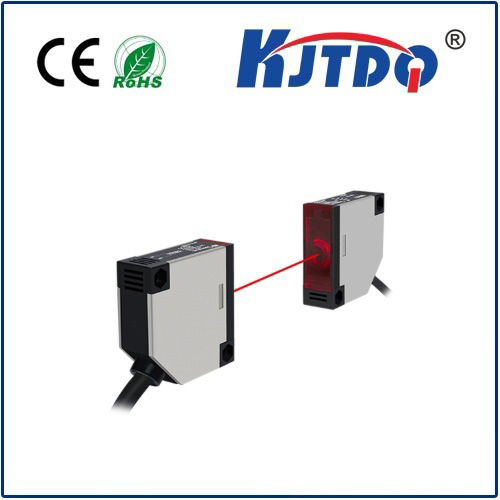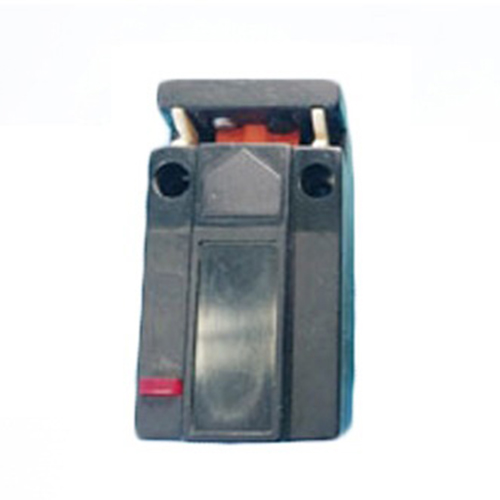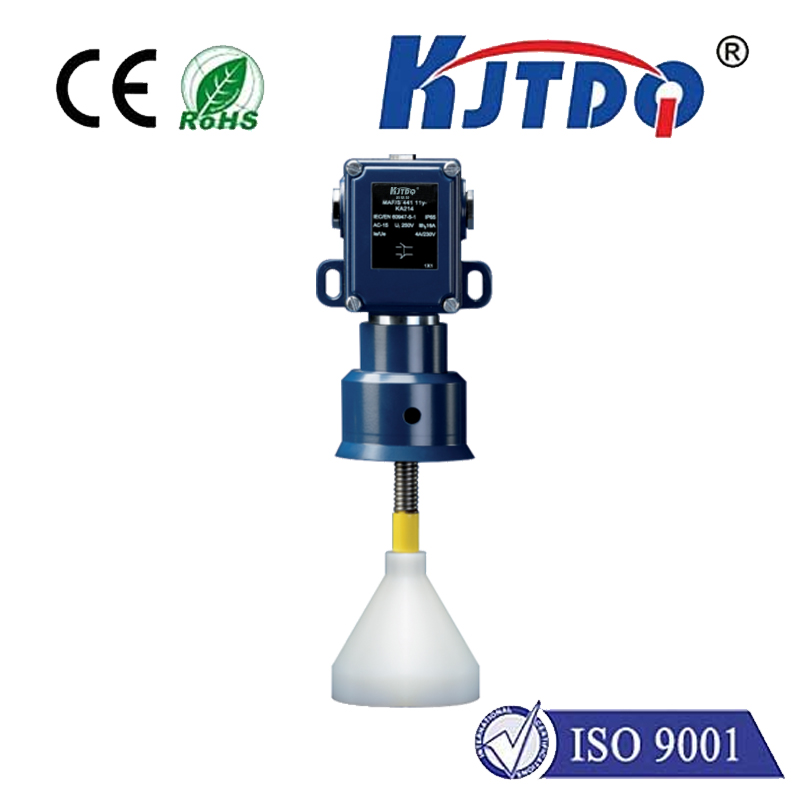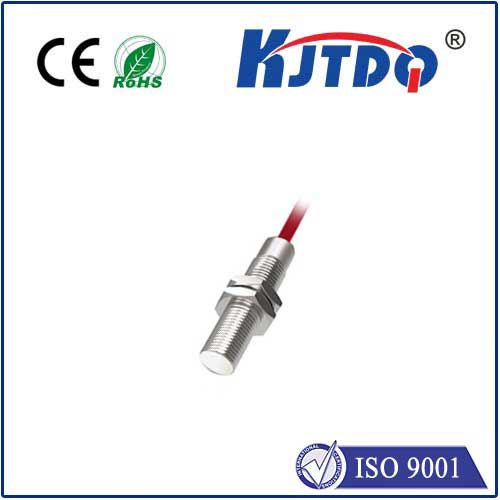non contact optical sensors
- time:2025-08-14 16:40:02
- Нажмите:0
Seeing Without Touch: The Rise of Non-Contact Optical Sensors
Imagine measuring the tiniest vibrations on a jet engine turbine blade spinning at supersonic speeds, gauging the precise thickness of a rapidly moving pharmaceutical tablet on a conveyor belt, or monitoring the exact position of a delicate microchip during robotic assembly. Trying to do this with physical probes would be impossible, destructive, or hopelessly slow. This is the domain where non-contact optical sensors shine – silently, precisely, and without ever making contact. These remarkable devices harness the power of light to perceive our world, revolutionizing industries by enabling measurement and inspection where traditional methods simply cannot tread.
Beyond Physical Limits: Defining Non-Contact Optical Sensing
At their essence, non-contact optical sensors are devices that use light (visible, infrared, ultraviolet, or laser) to gather information about an object’s properties – such as distance, position, presence, displacement, surface profile, temperature, or even composition – without any physical interaction. They function on fundamental principles of optics and photonics:
- Light Emission: The sensor projects a specific type of light beam (e.g., laser point, structured line, diffuse LED light, infrared radiation) towards the target.
- Light Interaction: This light interacts with the target surface. It might be reflected, scattered, absorbed, or transmitted.
- Light Detection: A sensitive detector (like a CCD/CMOS camera, photodiode, or position-sensitive device - PSD) captures the altered light signal.
- Signal Processing: Sophisticated electronics and algorithms analyze the detected light signal (changes in intensity, angle of return, time-of-flight, wavelength shift, or pattern distortion) to extract precise quantitative data about the target.
This “touchless” approach eliminates critical limitations inherent in contact probes: no mechanical wear, zero risk of damaging delicate surfaces, vastly higher measurement speeds, and the ability to measure hot, moving, vibrating, or hazardous objects safely.

How They See: Core Technologies in Action
The landscape of non-contact optical sensing is diverse, powered by several key technologies, each suited to specific applications:
- Photoelectric Sensors: Workhorses of industrial automation. They detect presence/absence based on whether a beam of light (through-beam, retro-reflective) is interrupted or reflected (diffuse reflective) off an object. Simple, robust, and cost-effective for basic detection tasks.
- Laser Triangulation Sensors: Highly precise for distance and displacement measurements. A laser diode projects a focused spot onto the target. A lens images the spot onto a PSD or linear camera. As the target distance changes, the spot’s position shifts on the detector, allowing precise distance calculation via trigonometric principles. Ideal for measuring dimensions, vibration, or warpage with micrometer resolution.
- Laser Confocal Sensors: Offer exceptional precision, even on challenging surfaces (transparent, reflective, high-gloss). They use a precisely controlled point of focus. Only light reflected from this exact focal plane contributes to the measurement signal. By rapidly scanning the focus point through different heights, they build highly accurate 2D profiles or 3D topographies. Technologies like chromatic confocal imaging use white light, where different wavelengths focus at different distances, allowing distance measurement via spectral analysis.
- Time-of-Flight (ToF) Sensors: Measure the time a light pulse (often laser or LED) takes to travel to the target and back. This allows direct calculation of distance. Used extensively in LiDAR (Light Detection and Ranging) for applications like autonomous vehicles, drones, robotics (obstacle avoidance, navigation), and volume measurement. Offer good range but traditionally lower resolution than triangulation.
- Interferometric Sensors: Leverage the wave nature of light. By splitting a laser beam and comparing the phase of the reference beam with a beam reflected off the target, they can detect minute displacements (nanometer level) or surface irregularities. Crucial in ultra-high-precision metrology, semiconductor lithography, and vibration analysis.
- Thermal Imaging Sensors (Infrared Pyrometers/ Cameras): Detect infrared radiation emitted by objects based on their temperature. Provide non-contact temperature mapping for predictive maintenance (electrical panels, motors), process control (metallurgy, plastics), medical diagnostics, and building inspections.
The Compelling Advantages: Why Go Touchless?
The shift towards optical measurement without contact is driven by undeniable benefits across multiple dimensions:
- Speed and Throughput: Capable of capturing thousands of measurements per second, enabling real-time process control and 100% inline inspection on high-speed production lines, far exceeding contact probe capabilities.
- Precision and Resolution: Achieve sub-micron to nanometer level resolution on position and displacement, providing unprecedented accuracy for quality assurance.
- Non-Destructiveness: Essential for inspecting fragile components (electronics, optics, biological samples), pristine surfaces (polished metals, painted finishes), or soft materials where even minimal contact would cause damage or contamination.
- Measuring the Unmeasurable (by Contact): Enable reliable data capture on extremely hot surfaces (foundries, glass manufacturing), rapidly moving objects (conveyors, rotating machinery), vibrating components, hazardous environments (chemical reactors), or sterile zones (pharma, food).
- Long-Term Reliability: Lack of moving parts contacting the target significantly reduces maintenance needs and extends sensor lifespan.
- Многогранность: Adaptable to measure a vast range of parameters (distance, position, profile, thickness, vibration, temperature, color, presence) across diverse materials and environmental conditions.
Transforming Industries: Real-World Applications
The impact of non-contact optical sensors permeates virtually every manufacturing and technology sector:
- Automotive: Precise robotic guidance for assembly, weld seam inspection, paint thickness control, engine vibration analysis, automated dimensional verification of components, LiDAR for autonomous driving systems.
- Electronics & Semiconductor: Wafer warpage measurement, solder paste inspection (SPI), component placement accuracy, lead coplanarity checks, defect detection on chips/microstructures, vibration monitoring in cleanrooms.
- Аэрокосмическая деятельность: Turbine blade vibration monitoring (blade tip timing), composite material thickness inspection, aircraft surface profile scanning for aerodynamic efficiency, gap and flush measurement during assembly.
- Medical Device & Pharma: Tablet/capsule counting and dimension control, fill level inspection in vials/syringes, medical device component assembly verification, non-contact temperature monitoring in production.
- Metals & Plastics Processing: Strip/coil thickness gauging, width measurement, flatness control, surface defect detection (scratches, dents), molten metal level sensing, extruded profile monitoring.
- Robotics & Logistics: Bin picking guidance (3D vision), AGV navigation and obstacle detection (LiDAR/ToF), package dimensioning, palletizing accuracy.
- General Manufacturing: High-speed verification of part dimensions, automated sorting based on size/shape/color, web guiding control, position feedback in machinery.
The Invisible Engine of Modern Industry
Non-contact optical sensors are far more than just convenient tools; they are fundamental enablers of modern precision manufacturing, automation, and quality assurance. By providing accurate, high-speed, and non-destructive measurement capabilities that were previously impossible, they drive efficiency, enhance product quality, reduce waste, and unlock new levels of process control. As their capabilities continue to advance – offering higher resolution, faster speeds, smaller form factors, and greater integration with AI – their role as the “eyes” of increasingly intelligent systems will only expand

